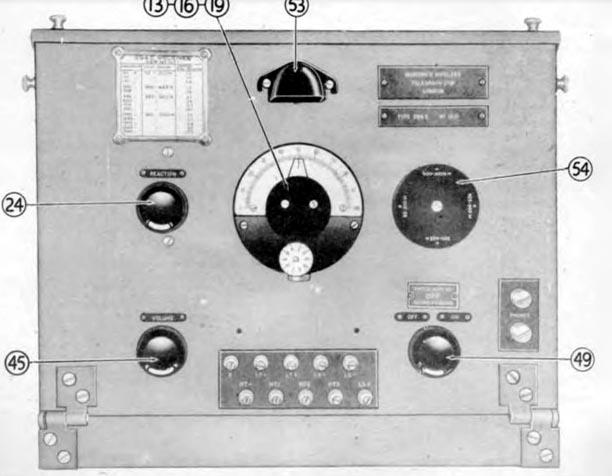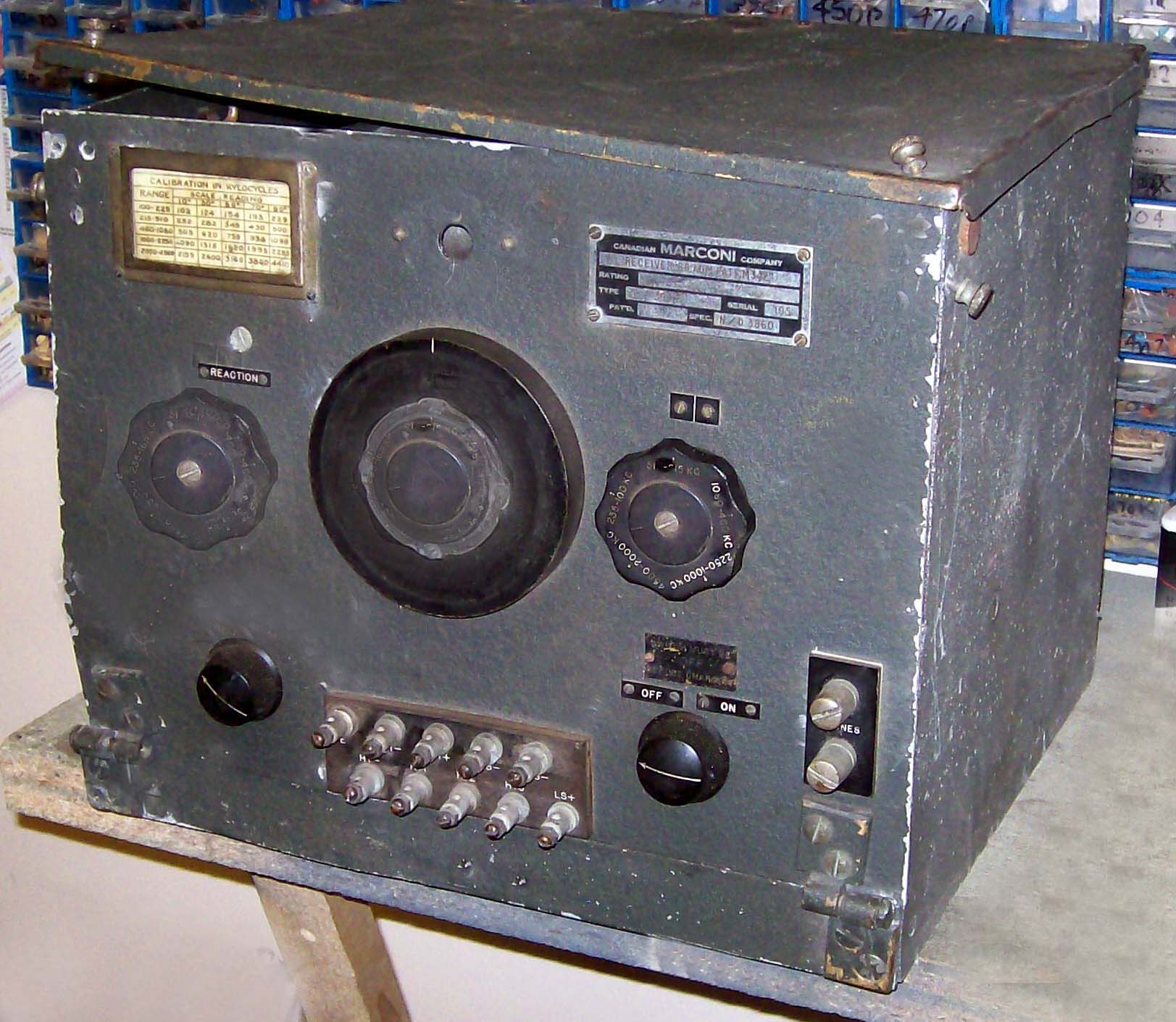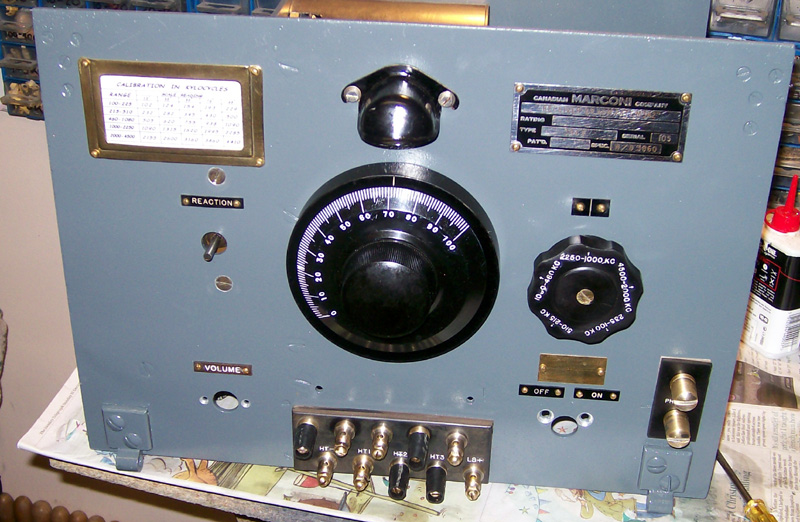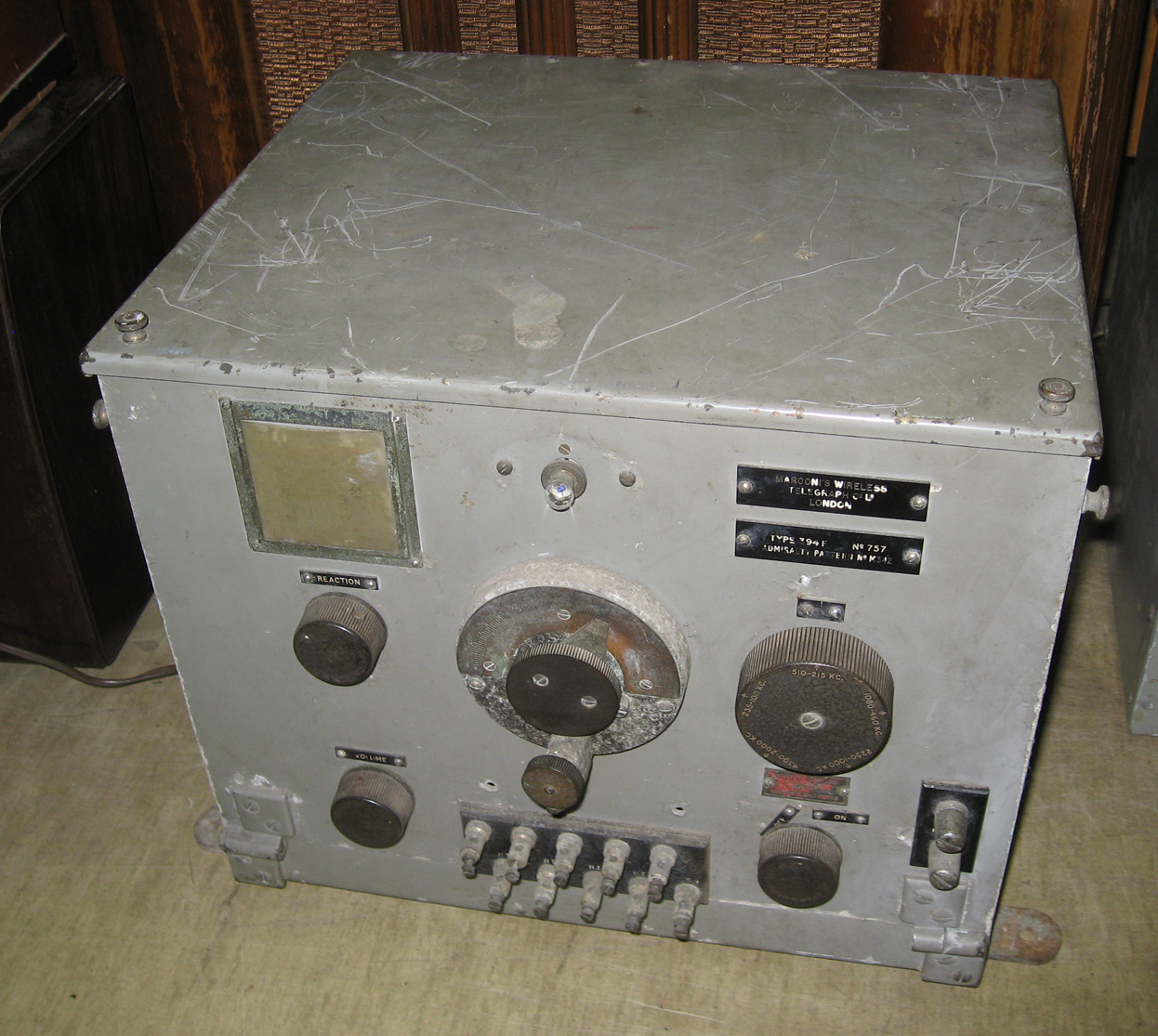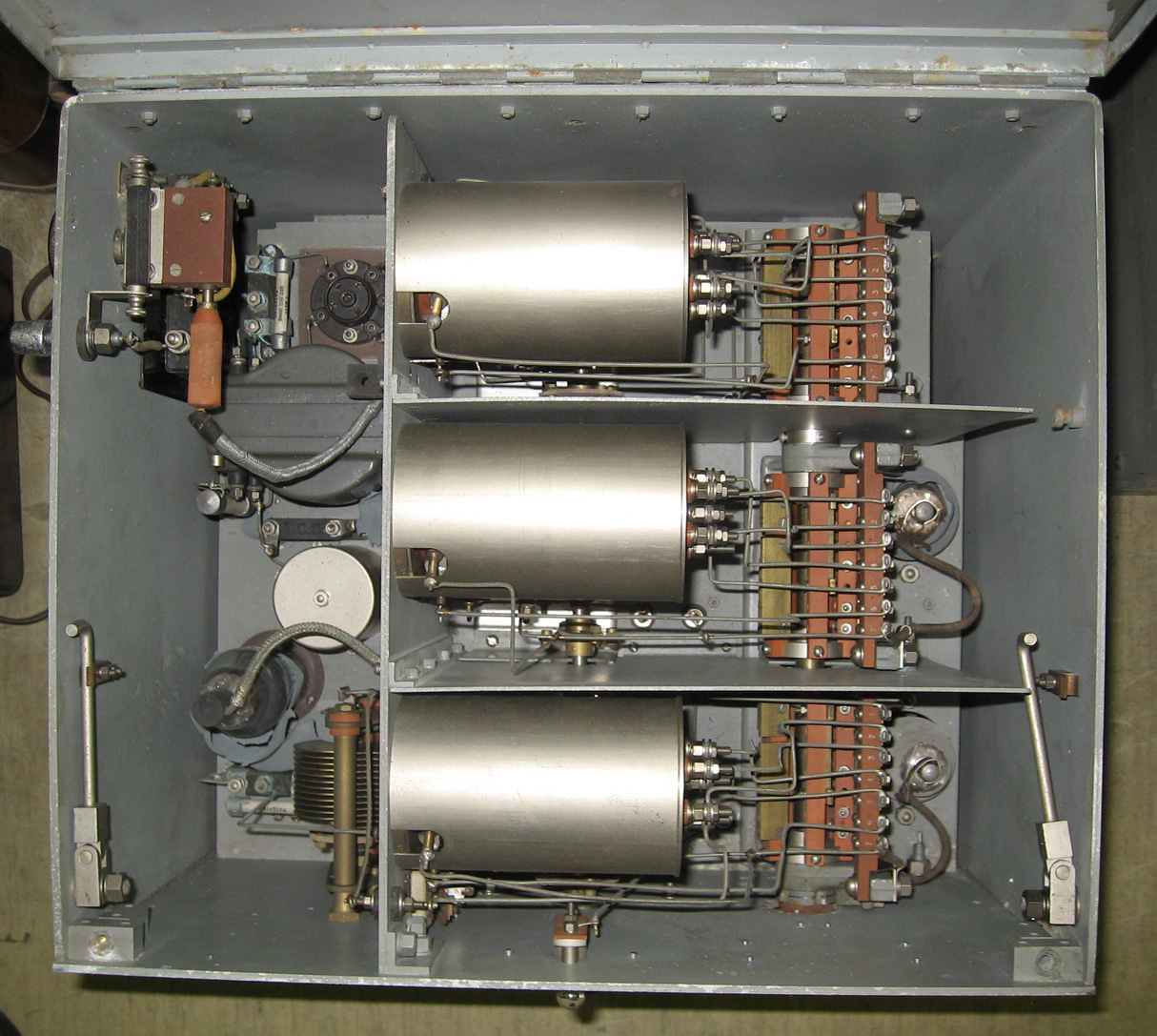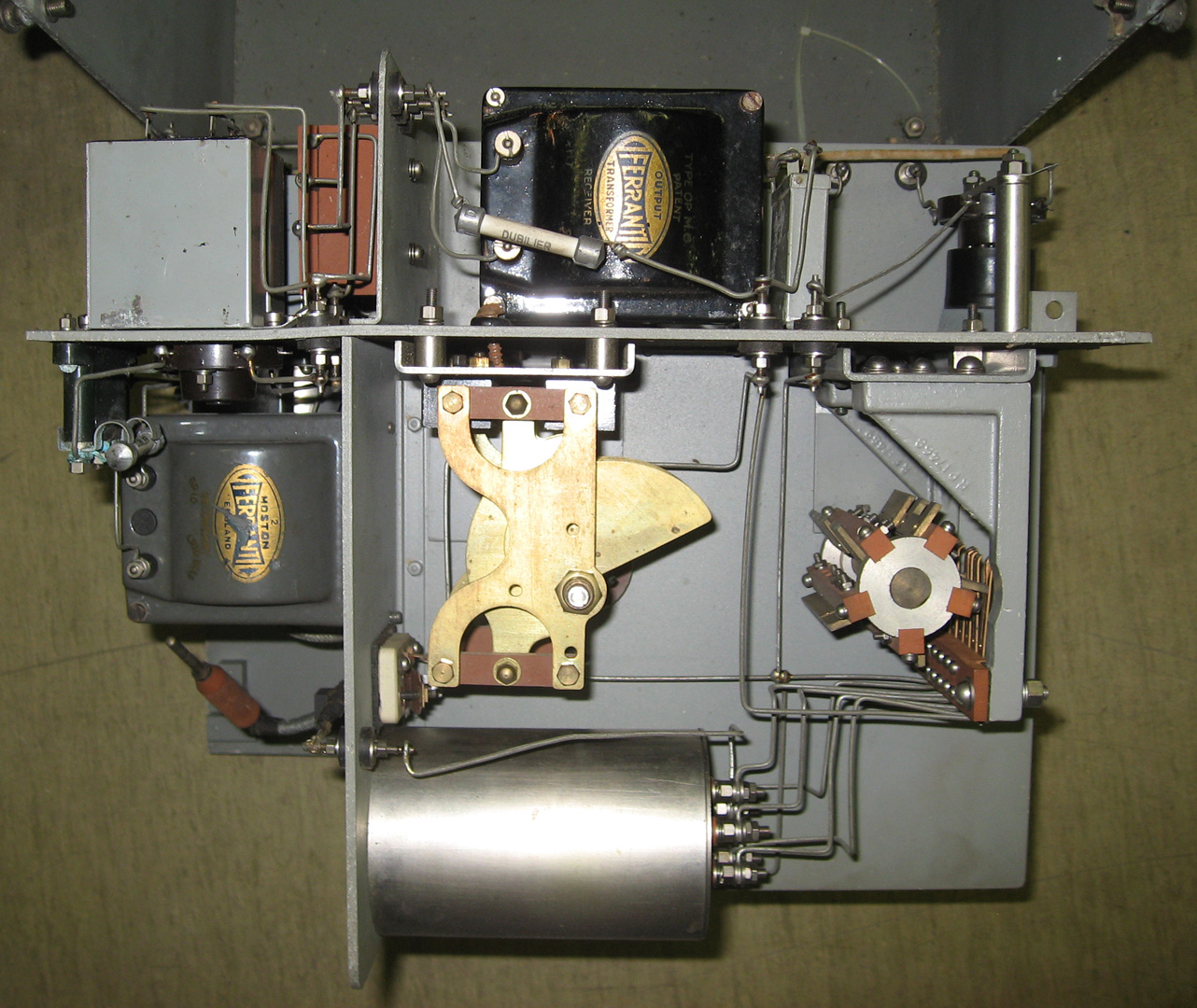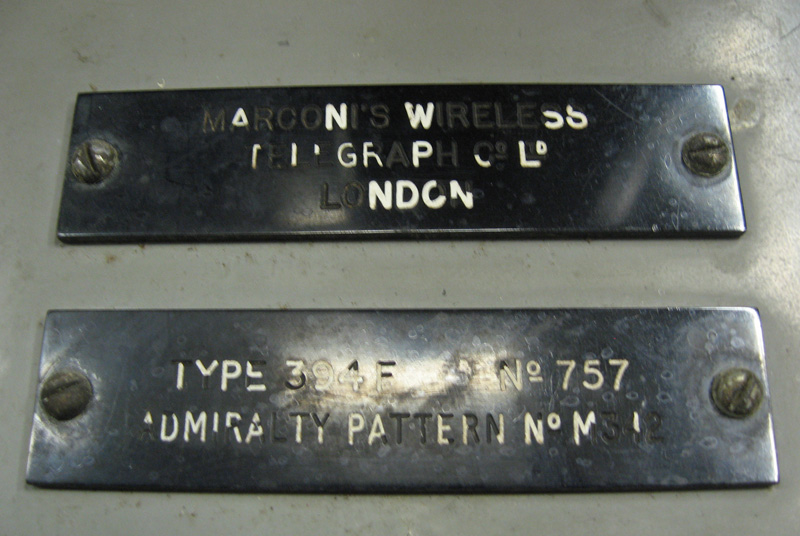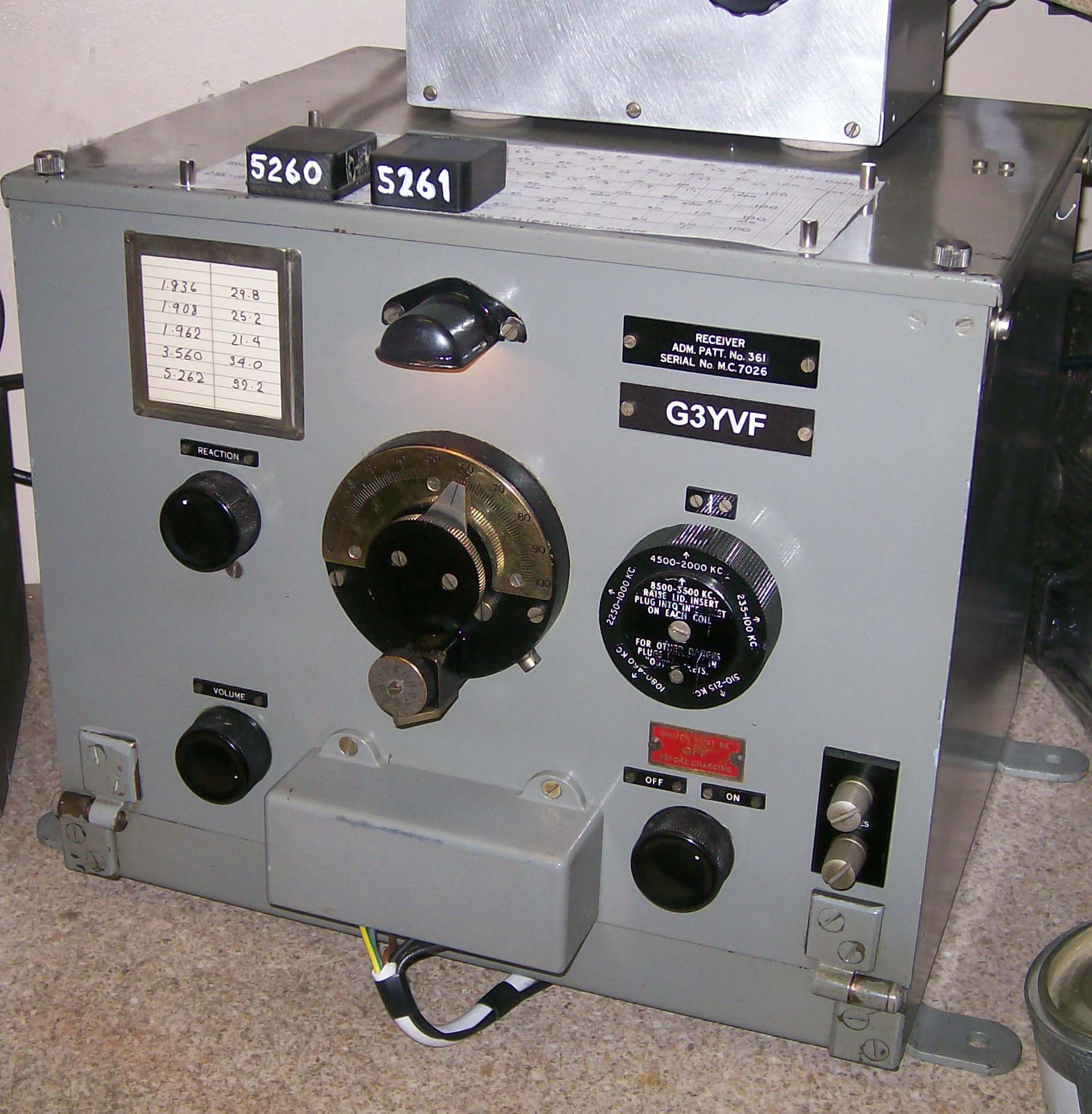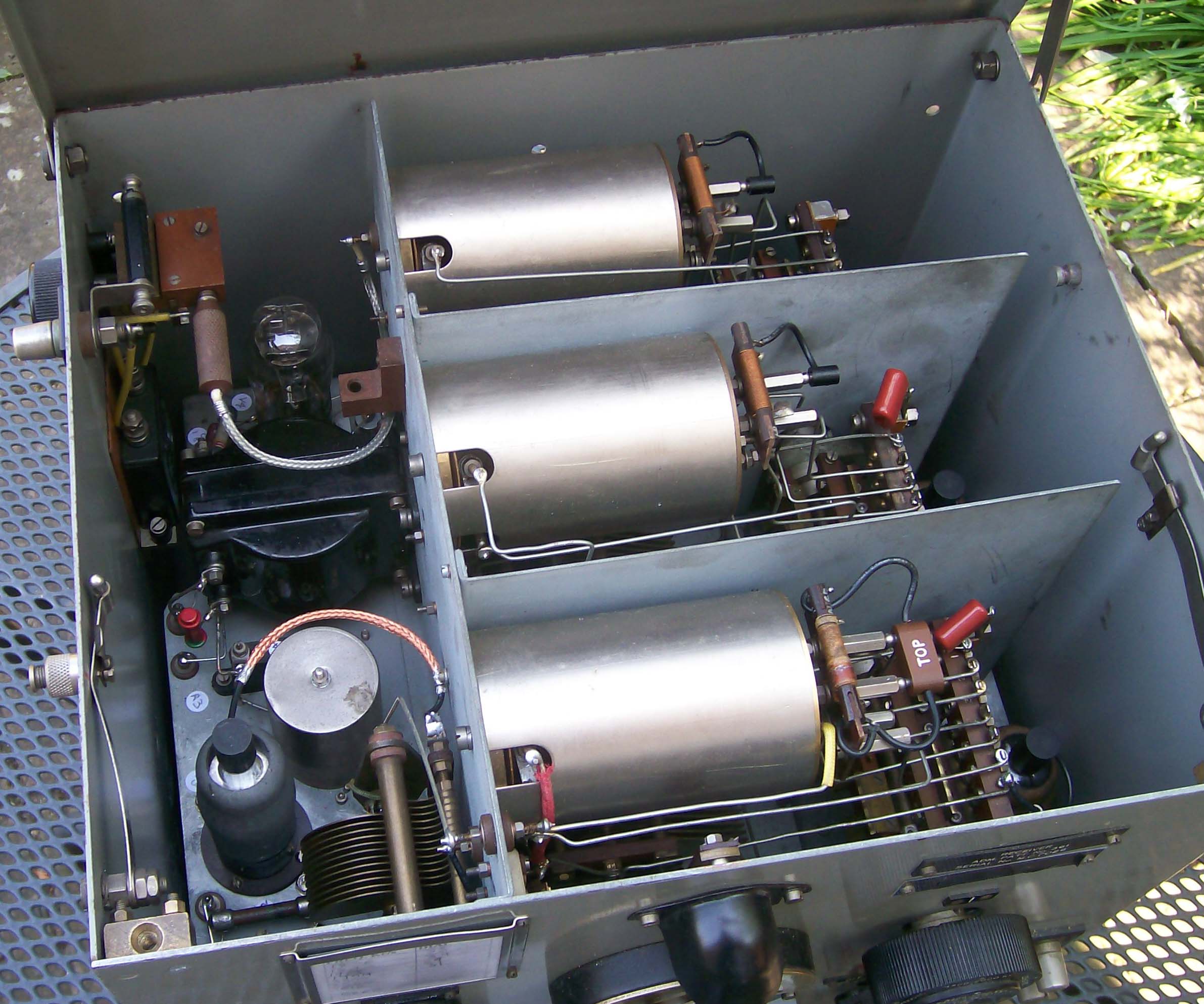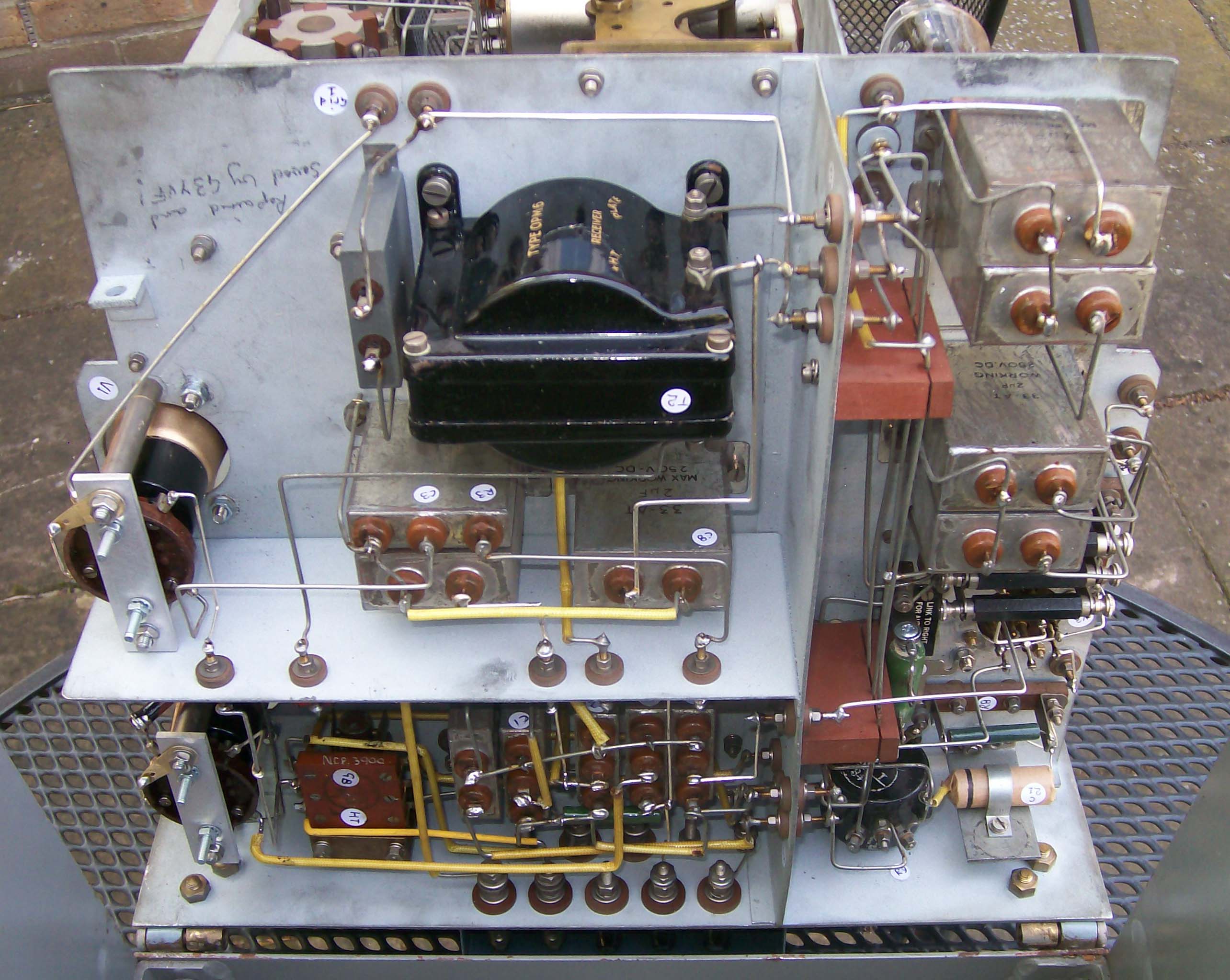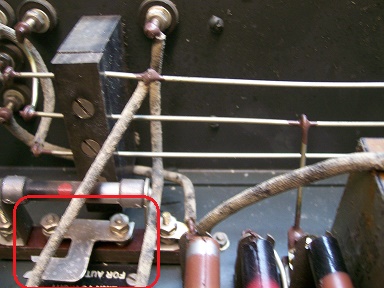GENERIC
MODEL |
A/P
# |
FREQUENCY
RANGE |
COMMENTS |
|
|
|
|
| 394 |
None |
100
meters to 2000 meters
(150 kcs to
3,000 kcs)
Four bands:
100- 200 m
220- 500 m
500 - 900 m
900 - 2,000m |
This
receiver type was originally supplied to British fishing trawlers
and small craft. Built by Marconi International (UK), The 394
was normally supplied with 2 volt valves but it could be used
with 4 or 6 volt valves. An output jack makes the receiver compatible
with Marconi repeater equipment.
394
schematic (From Wireless Telegraphists). |
| 394C/12 |
None |
Same
as 394 |
This
version of the 394 uses indirectly heated valves with a 12 volt supply.
The circuits between 394C/12 and /30 are slightly different.
394/C12
schematic (From Wireless Telegraphists). |
| 394C/30 |
None |
Same
as 394 |
This
version of the 394 uses indirectly heated valves with 30 volt supply. The
circuits between 394C/12 and /30 are slightly different.
394/C30
schematic (From Wireless Telegraphists). |
| 394A |
None |
Four
bands:
3,000 - 1,100 kc
1,250 - 260 kc
546 - 200 kc
215 - 159 kc |
Built
by Marconi International (UK) for commercial use. This is an improved type
394 which has been redesignated to 394A.Marconi says this set has a better
range and selectivity than the 394
394A
schematic. (From Wireless Telegraphists).
In this receiver,
the coils are no longer selected individually. It uses one large coil with
lots of taps. Various segments of the coil are used depending on the range
selected. It employs two HF RF stages, one detector and one output stage, |
| 394E |
? |
150
to 3000 KHz |
Used
with either the TW12 A or TW12 B transmitters, Requires +150 VDC
for the valve anodes.Valve lineup: 2 x ARS8, 1 x NR39, 1 x
NR42 and 1 x ND3. |
| 394F |
A/P
M312 |
Five
bands:
100 - 235 kc
215 - 510 kc
460 - 1,080 kc
1,000 - 2,250 kc
2,000 - 4,500 kc |
This
394F variant was built to A/P M312 specs by the Marconi Wiress Company
of London. It is not known as to why Canadian Marconi and Marconi International
both built the 394F variant. for the British Admiralty. |
| 394F |
A/P
342 |
Five
bands:
100 - 235 kc
215 - 510 kc
460 - 1,080 kc
1,000 - 2,250 kc
2,000 - 4,500 kc |
This
is the Canadian Marconi version of the 394 receiver called 394F. It entered
service with the British Admiralty as A/P 342. Valves used
were VS2 for the RF amps, Z21 or SP210 for the detector and
type P2 for the output valve. The 394F is built of aluminum plate 1/8"
thick, while the British version 394G used steel plate of 1/16"
thickness. It is also puzzling as to why Canadian Marconi did not supply
the 394F set to the British Admiralty with the extended band range up
to 8500 kcs. |
| 394G |
A/P
361 |
Six
bands
100 - 235 kc
215 - 510 kc
460 - 1,080 kc
1,000 - 2,250 kc
2,000 - 4,500 kc
3,500 - 8,500 kc |
Built
by Marconi International (UK) for the British Admiralty. . It entered service
as A/P 361 (394G). Circa- August 18, 1940.
394G
/ AP361 schematic |

